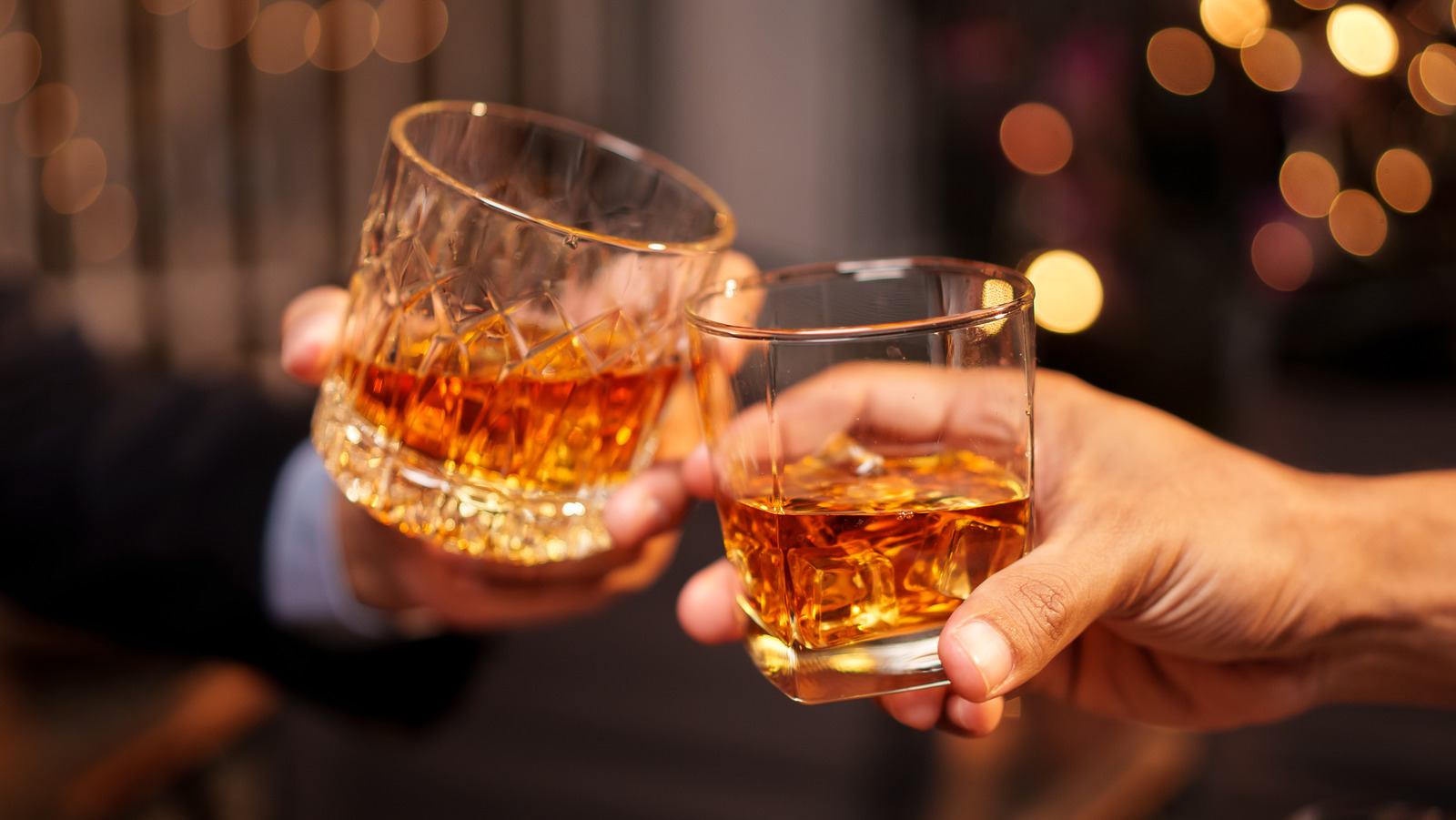
"Bourbon exploration is a worthwhile pursuit. Bourbon is a category of whiskey that must be made in the United States with a grain bill that's 51% or more corn; it also must be aged in unused white oak barrels, and bottled at 40% ABV or higher. Within those guidelines, a world of different expressions awaits the curious imbiber. It's exciting stuff, but if you're new to drinking bourbon, there's one thing you never want to do: get caught up in bourbon hype."
"By only chasing famously coveted bottles, you're not figuring out your own preferences. The bourbon segment is rich with names known the world over, like Pappy Van Winkle. But what if you'd really swoon for a bourbon finished in armagnac casks, with fruit and spice notes, from Colorado craft distillery Hoot + Howl Spirits? Or the High Rye Straight Bourbon Whiskey from Maplewood Distillery in Chicago?"
"There's also the fact that the hyped bourbon brands are the priciest, too. Often, these bottles get said hype because they're allocated bourbons, meaning they're hard to find because they're sold in limited quantities or aged longer than usual. They take time to track down and serious cash to invest in. It's risky to sink resources into them before you even know your bourbon tastes."
Bourbon must be produced in the United States with a grain bill of at least 51% corn, aged in new white oak barrels, and bottled at 40% ABV or higher. Within those rules, many different flavor expressions exist. Chasing hyped, highly allocated bottles can limit personal discovery and require substantial time and money. Famous names like Blanton's, Maker's Mark, Pappy Van Winkle, Stagg, and Weller often receive heavy attention and high prices. Allocated bourbons are scarce because of limited production or extended aging. Exploring affordable, regional, or finished expressions from craft distilleries reveals diverse profiles and helps identify personal bourbon preferences before investing in rare bottles.
Read at Tasting Table
Unable to calculate read time
Collection
[
|
...
]